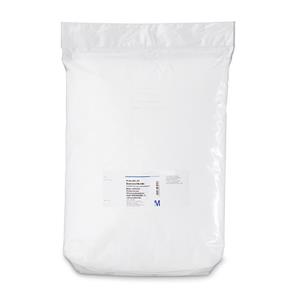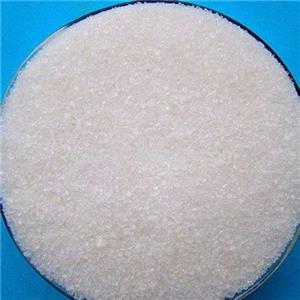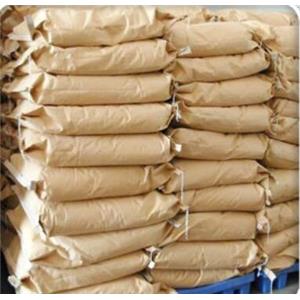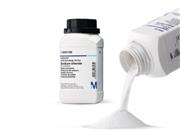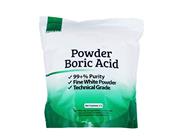Urea is a nitrogenous compound containing a carbonyl group attached to two amine groups with osmotic diuretic activity. In vivo, urea is formed in the liver via the urea cycle from ammonia and is the final end product of protein metabolism. Administration of urea elevates blood plasma osmolality, resulting in enhanced flow of water from tissues, including the brain, cerebrospinal fluid and eye, into interstitial fluid and plasma, thereby decreasing pressure in those tissues and increasing urine outflow. Urea is a highly soluble organic compound formed in the liver from ammonia produced by the deamination of amino acids. It is the principal end product of protein catabolism and constitutes about one half of the total urinary solids. Urea is formed in a cyclic pathway known simply as the urea cycle. In this cycle, amino groups donated by ammonia and L-aspartate are converted to urea. Urea is essentially a waste product; it has no physiological function. It is dissolved in blood (in humans in a concentration of 2. 5 - 7. 5 mmol/liter) and excreted by the kidney in the urine. In addition, a small amount of urea is excreted (along with sodium chloride and water) in human sweat. Urea is found to be associated with primary hypomagnesemia, which is an inborn error of metabolism. Urea appears as solid odorless white crystals or pellets. Density 1.335 g /cc. Noncombustible.

 United States
United States
